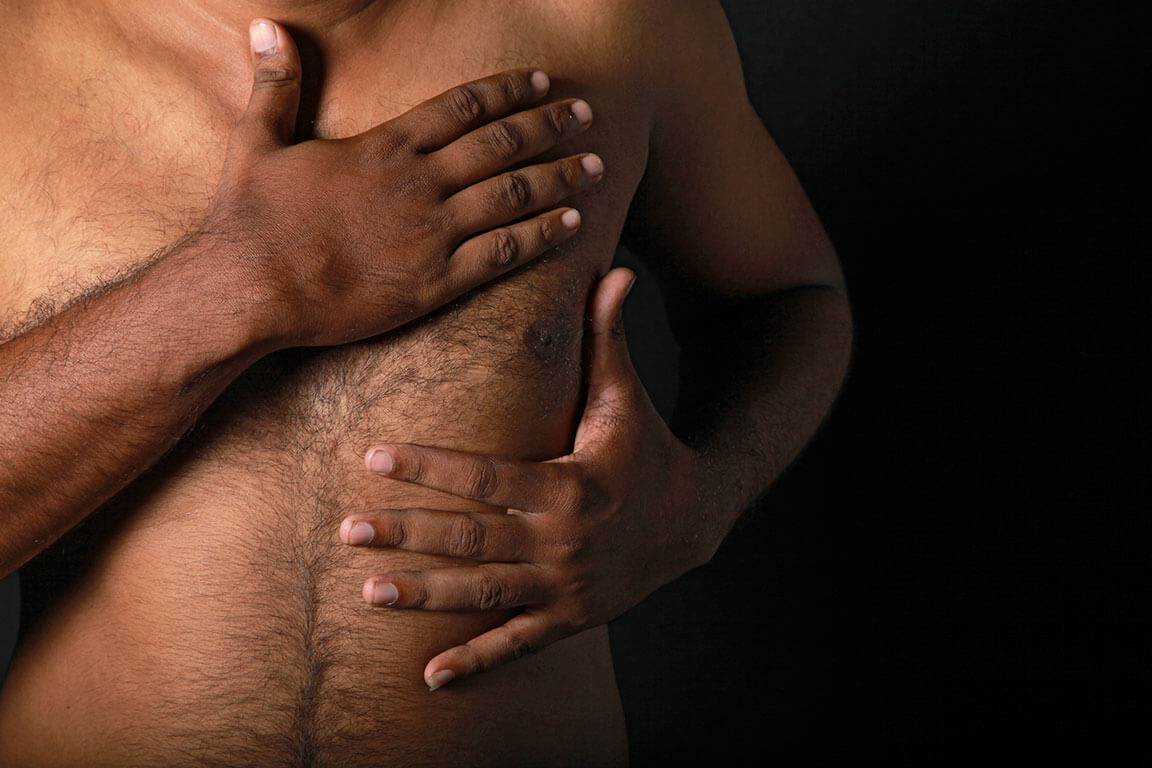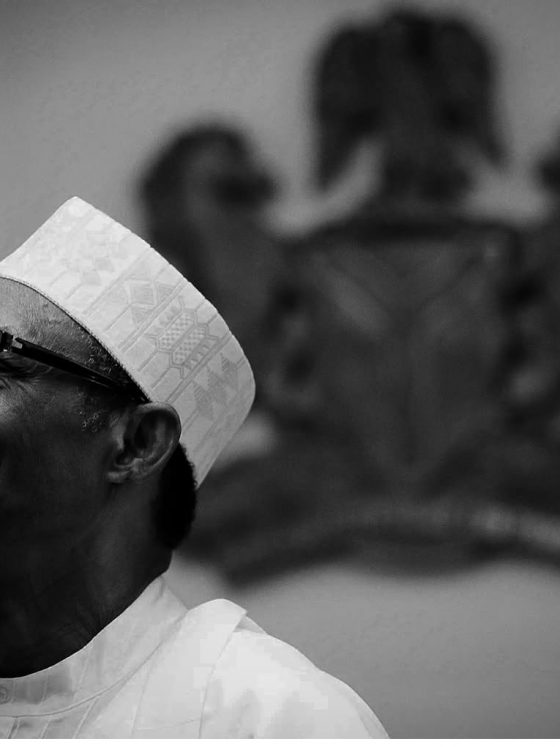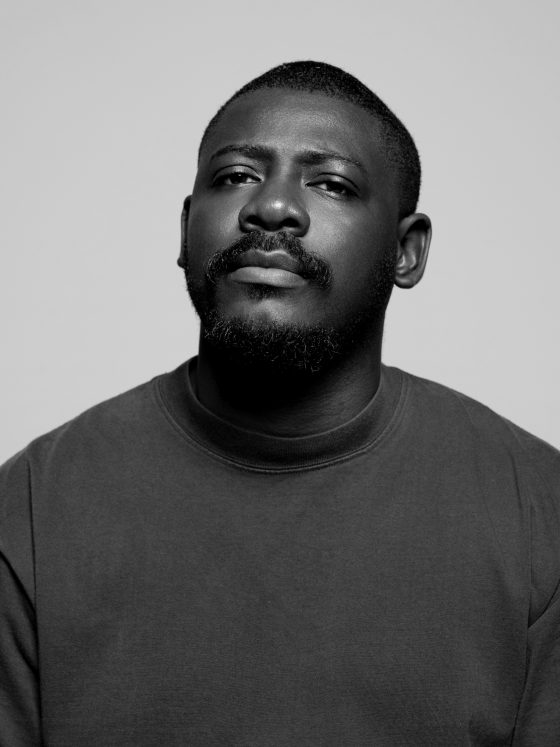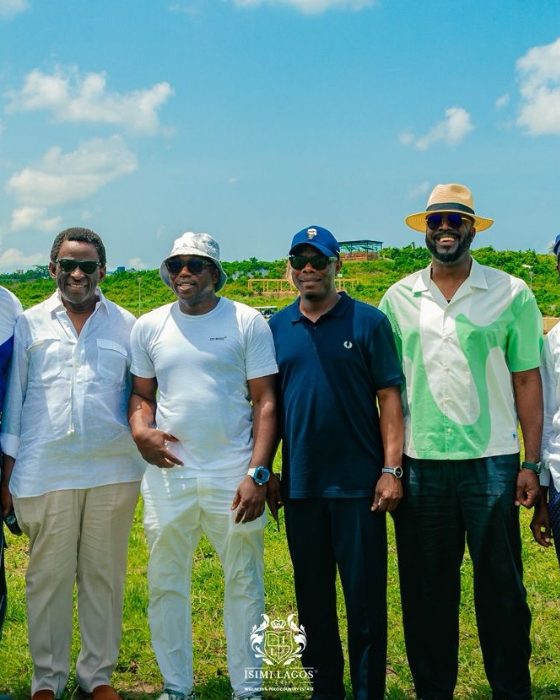When we think of breast cancer, most people picture women. It’s understandable since the overwhelming majority of cases occur in women. But here’s something many overlook: men can develop breast cancer, too. It might be rare, but it’s real—and it’s deadly if left undiagnosed and untreated.
The fact that men don’t typically discuss this issue may be one of the biggest obstacles to early detection and successful treatment. It’s time to start breaking the silence and getting real about breast cancer in men because when it comes to cancer, waiting until it’s too late simply isn’t an option.
Why Do Men Develop Breast Cancer?
Like women, men have breast tissue, even though it’s much smaller in comparison. In some cases, that tissue can develop into breast cancer. While breast cancer in men accounts for less than 1% of all breast cancer cases, it still affects around 1 in 100,000 men annually. For these men, ignorance isn’t bliss—it’s a gamble with their lives.
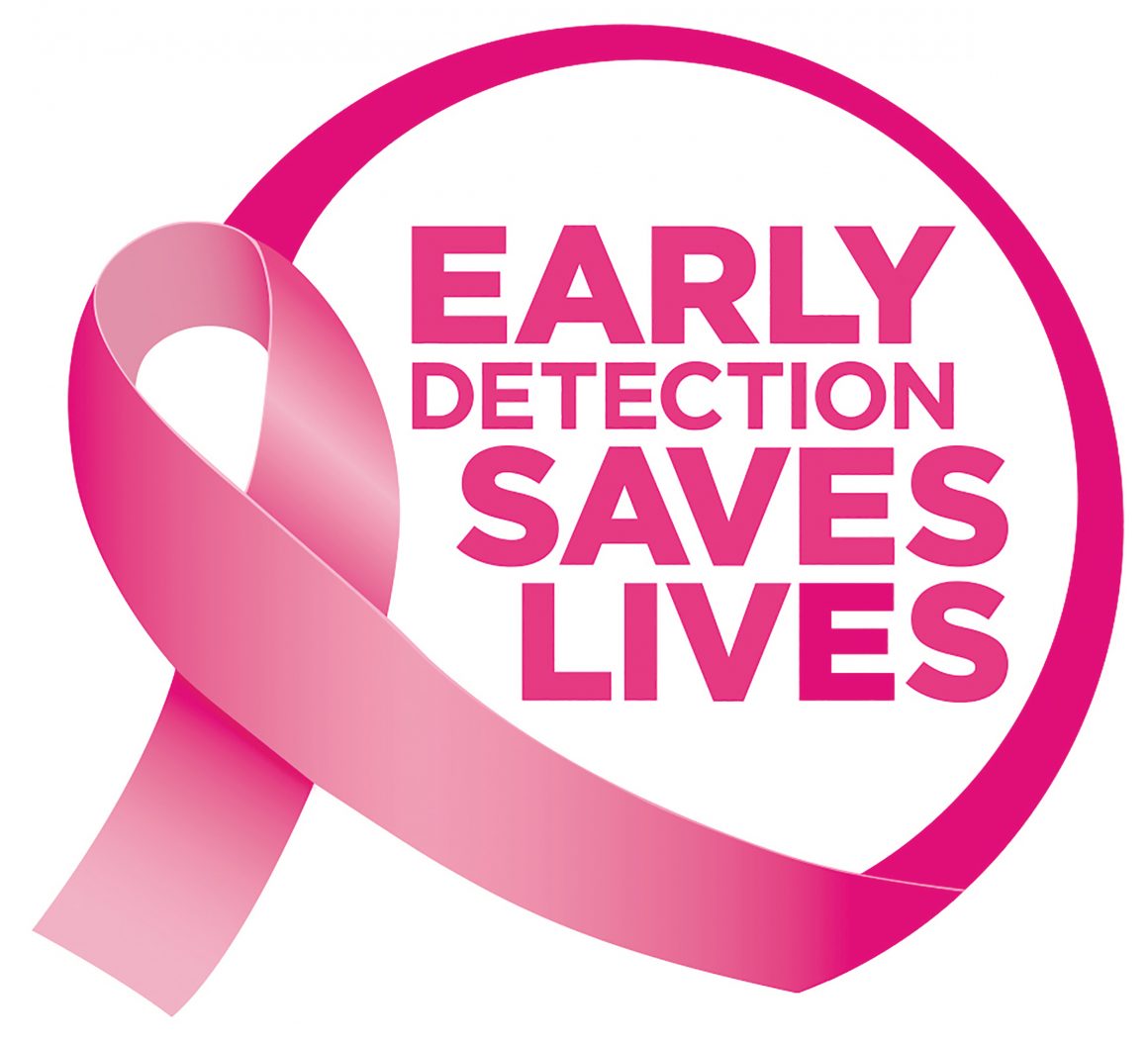
Many men are unaware that they can even get breast cancer, which is part of the reason why the diagnosis often comes late. There’s also the cultural stigma and reluctance to seek help, especially when dealing with something many perceive as a “woman’s disease.” But breast cancer doesn’t discriminate, and early detection remains the key to survival for both men and women.
The Symptoms to Watch Out For
The symptoms of breast cancer in men are often similar to those in women. The problem is that most men don’t expect to experience these symptoms, so they tend to ignore them or chalk them up to something less serious. Here’s what men need to pay attention to:
- A lump in the breast tissue: The most common sign of male breast cancer is a lump or thickening in the breast area, usually painless but not always.
- Changes to the skin on the breast: This can include redness, dimpling, or puckering. In some cases, the skin may appear scaly or irritated.
- Nipple changes: Any inversion (turning inward), discharge (especially if it’s bloody), or other abnormalities around the nipple should be checked out by a healthcare professional immediately.
- Swollen lymph nodes: Lymph nodes under the arm or around the collarbone may become swollen if cancer has spread.

These symptoms can easily be dismissed or mistaken for something else, like a muscle strain or a cyst. But if you or a loved one experiences any of these signs, it’s crucial to get them checked out by a doctor as soon as possible.
The Risk Factors
Several factors may increase the risk of breast cancer in men, though having one or more risk factors doesn’t necessarily mean a man will develop the disease. Still, awareness is essential, and here’s what men should know:
- Age: Most male breast cancer cases are diagnosed in men between the ages of 60 and 70. That said, it’s not impossible for younger men to develop the disease, so vigilance is important at any age.
- Family history: Men with a family history of breast cancer (in either men or women) are at an elevated risk, especially if a close relative like a mother or sister has been affected.
- Genetic mutations: The BRCA1 and BRCA2 gene mutations that are linked to breast cancer in women also affect men. Men with these mutations are more likely to develop breast cancer, along with other cancers like prostate and pancreatic cancer.
- Radiation exposure: Men who have been exposed to radiation therapy, especially in the chest area, may have a higher risk of developing breast cancer later in life.
- Hormonal imbalances: Conditions that cause higher-than-normal levels of estrogen, like liver disease or hormone therapy for prostate cancer, can increase the risk of breast cancer in men.
The Importance of Early Detection
One of the most troubling aspects of male breast cancer is how late the diagnosis often comes. Many men only seek medical help after the cancer has advanced to later stages, making treatment more difficult and the prognosis poorer.
Early detection of male breast cancer offers the best chance for successful treatment. This is why regular self-exams, awareness of family history, and routine conversations with healthcare providers are so vital. Men should be encouraged to get a professional opinion on any unusual symptoms, just as women are urged to get regular mammograms and breast checks.
Breaking the Silence: How to Start the Conversation
The stigma surrounding male breast cancer needs to be addressed head-on. There’s no shame in having breast tissue, just as there’s no shame in acknowledging that men, too, can develop breast cancer. By talking openly about these risks, symptoms, and the importance of early detection, we can start to shift the narrative and save lives.
Men’s health issues, particularly when it comes to cancer, need to be part of everyday conversations—among families, friends, and doctors. Education and awareness are the first steps toward removing the stigma and encouraging men to take their health seriously.
Treatment and Recovery
The treatment options for men with breast cancer are similar to those for women, including surgery, radiation therapy, chemotherapy, and hormone therapy. However, the effectiveness of treatment depends heavily on how early the cancer is detected.
Support systems are critical during and after treatment. Men with breast cancer may feel isolated because of the lack of conversation around the topic, but connecting with others—through support groups or therapy—can make all the difference in the recovery process.

